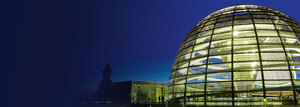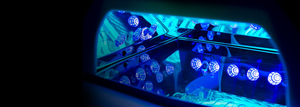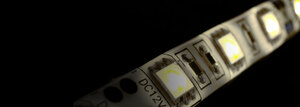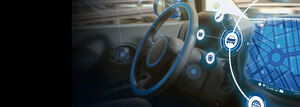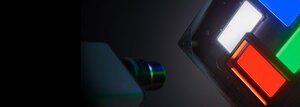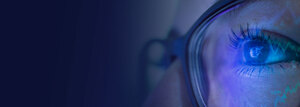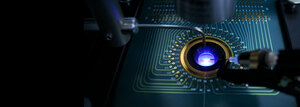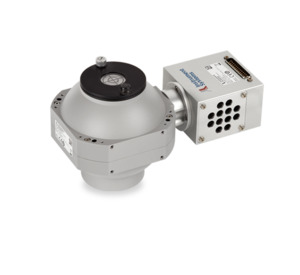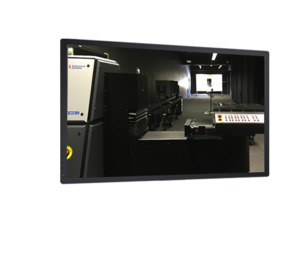Stray Light Correction Correction matrix for the reduction of stray light in the spectrum
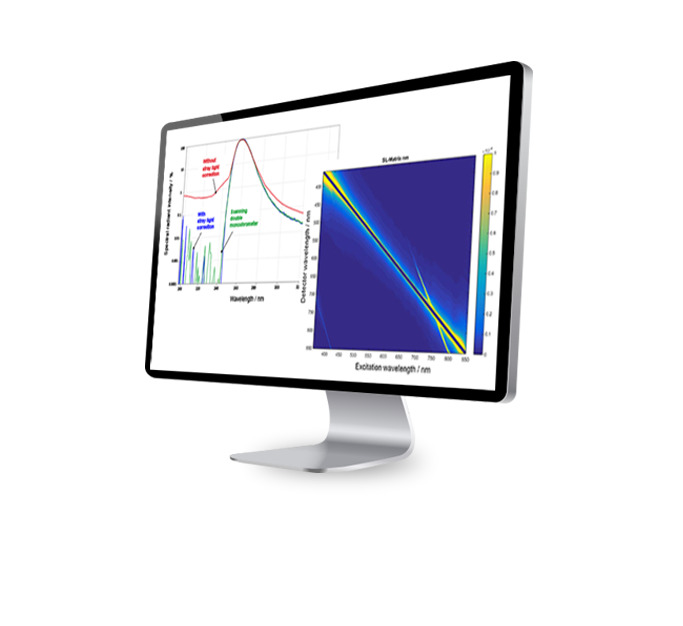











How does an array spectroradiometer almost reach the stray light level of a double monochromator?
The most significant limitation in the performance of an array spectroradiometer in photometry and radiometry is the incidence of stray light in the instrument. In other words, a certain element of the array detector is contaminated by radiation from a spectral range other than specified. In the CAS series of powerful array spectroradiometers from Instrument Systems, stray light is effectively suppressed by design measures, so that contamination is low from the outset.
NIST correction method
According to the NIST method, remaining residual stray light can be corrected with the aid of a tunable laser. The idea is that monochromatic radiation of a laser line can for the most part be assigned to a specific pixel of the detector.
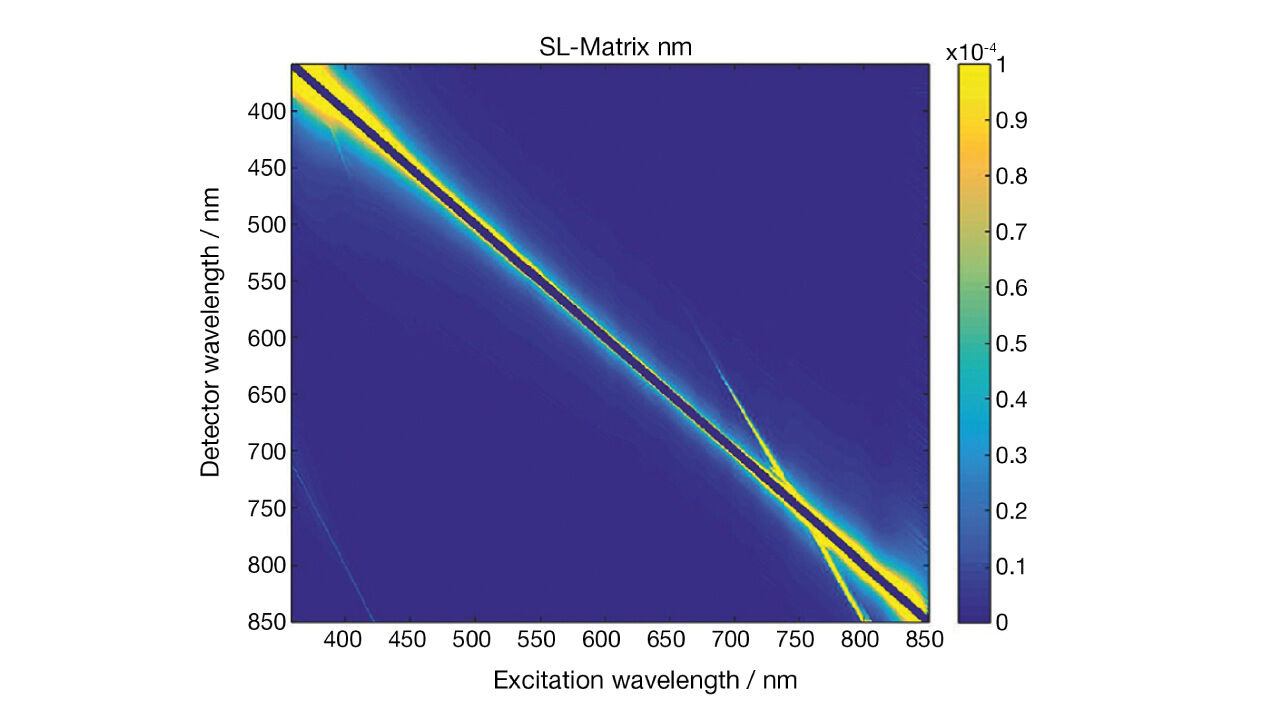
All light measured outside the bandpass function for this wavelength is the stray light contribution of this pixel that is seen from all other pixels in the detector. The total detected spectra over all excitation wavelengths results in a device-specific matrix. If the bandpass function of the real signal is subtracted, the result is a stray light matrix.
Stray light corrected CAS 140D – the array spectroradiometer with the highest optical dynamism and accuracy
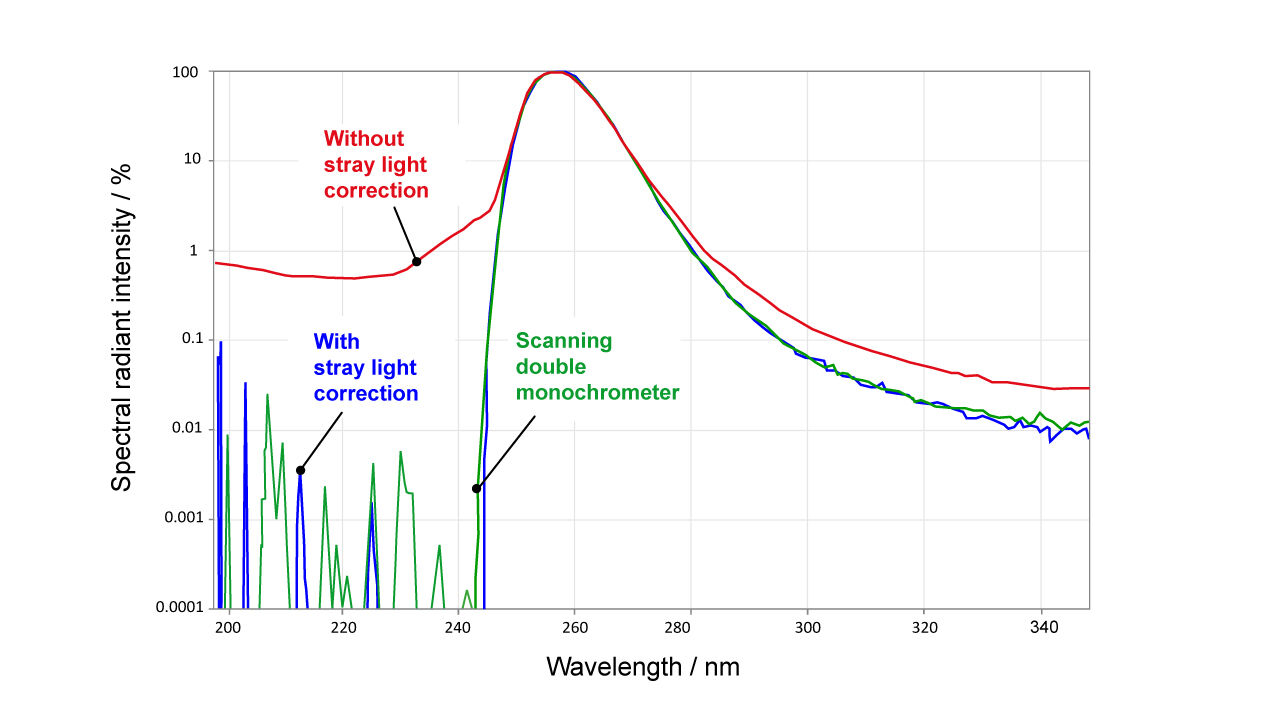
Use of a stray light correction matrix in the calibration process (optional) further optimizes the good stray light values of the CAS 140D. The measuring instrument is thus ideally suited, among others, to accurate measurement of UV-LEDs and determination of the hazard class of light sources (photobiological safety).
Accurate radiometric determination of LEDs in the UV, IR and blue light range
The influence of stray light correction on the spectrum is most prominent in the UV and IR spectral range, because the CCD detector of an array spectrometer has a low sensitivity at the edges. Dividing the measured spectrum by the reference spectrum increases the errors in measurement due to stray light-contaminated spectra, especially in areas of lower sensitivity. Stray light correction thus directly results in a higher level of accuracy of the radiometric evaluation, in particular of UV-LEDs.
Stray light correction also improves accuracy in the determination of color coordinates in the visible range. One application that particularly benefits from stray light correction is the evaluation of blue light hazard to the human eye from photobiological safety.

